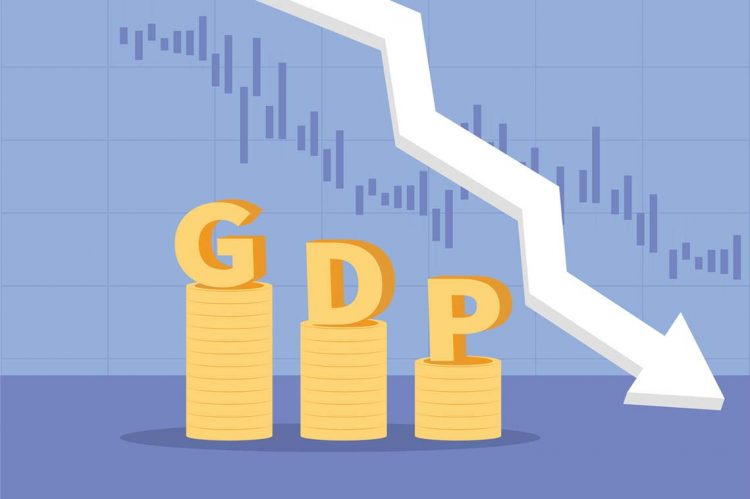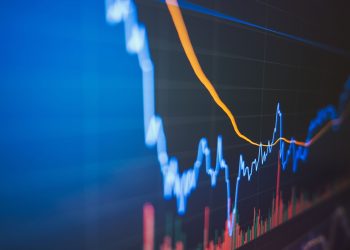Real GDP, the most accurate measure of a country’s broad economic growth, shrunk for the first time in two years this past quarter, with the economy contracting 1.4%, a sharp reversal from last year, when GDP rose 6.9% in Q4 2021.
Hampered at least somewhat by the Omicron wave early this year, the drop this quarter stemmed from a significant decrease in exports, which fell 5.9%, along with a 2.5% drop in non-durable goods. The report, released by the Department of Commerce, also cites a decrease in government spending as COVID-related relief sunsetted at the beginning of 2022.
Notably, consumer spending on services actually increased despite the headwinds of Omicron and other economic uncertainty from a jittery stock market and rising inflation, jumping 4.3% this quarter.
Joel Kan, AVP of economic and industry forecasting for the Mortgage Bankers Association, called that “good news.”
“Consumer spending remained strong, particularly for services, as much of that sector has returned close to pre-pandemic levels,” Kan said in a statement. “Households continue to benefit from a strong job market and wage growth.”
According to the report, the decrease in private inventory investment was led by decreases in wholesale trade (mainly motor vehicles) and retail trade (“other” retailers and motor vehicle dealers). Within goods, a decrease in nondurable goods (led by gasoline and other energy goods) was partly offset by an increase in durable goods (led by motor vehicles and parts).
Gay Cororaton, senior economist and director of housing & commercial research for the National Association of REALTORS® said in a statement that the data “portends a decline in housing demand in the coming months,” as she expects an overall 9% decrease in existing home sales this year.
“On the positive side, investment in residential structures bucked the decline and is up 2.1% on an annualized rate,” Cororaton said. “March housing permits and starts figures indicate that housing construction is ramping up for multi-family housing (which is good news for renters) but declining for single-family housing (not good news for potential homeowners).”
Another positive is that disposable personal income also rose at a rate of 4.8%—significantly higher than a 0.4% increase in Q4 2021. But the high rate of inflation essentially wiped out any real benefits from this increase, the report notes. When that number is adjusted for inflation, disposable income actually dropped 2.0%.
A raise in compensation was also offset both by inflation and the end of government aid, still increasing $268 billion this quarter (compared to $123.9 billion in Q4 of 2021).
The price of goods and services rose 7.8% in Q1 of this year, led by a 42.5% increase in energy prices.
Kan adds that he expects the Federal Reserve to continue on its trajectory of several rate hikes this year, based on the contents of the GDP report.
“We expect the Fed to proceed with its plans to further tighten monetary policy over the course of 2022 as inflation has not shown signs of slowing yet, especially given the resilience in consumer spending,” he said.
 Jesse Williams is RISMedia’s associate online editor. Email him your real estate news to jwillliams@rismedia.com.
Jesse Williams is RISMedia’s associate online editor. Email him your real estate news to jwillliams@rismedia.com.












